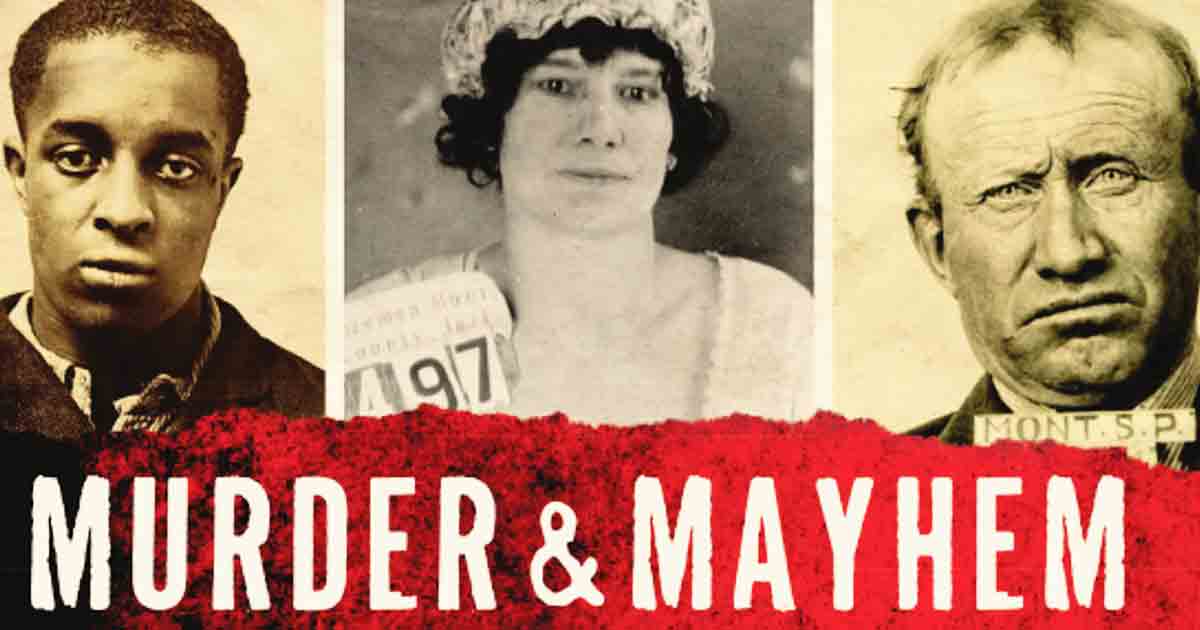This article contains affiliate links. As an Amazon Associate we earn from qualifying purchases.
How wild was Gallatin County in the early days of Montana’s statehood? Beyond wild, according to Kelly Suzanne Hartman, curator at the Gallatin History Museum who recently wrote Murder and Mayhem in Gallatin County, Mont.
The 128-page paperback with 49 (sometimes gruesome) photos is part of Arcadia Publishing’s Murder and Mayhem series unearthing the grim underbellies of America’s cities, counties, and notable geographic regions by writers across the country. It’s also Hartman’s second such historical publication (a third book, Wicked Bozeman is due out in spring of 2022).
Hartman’s first book, Murder Along the Yellowstone Trail: The Execution of Seth Danner was pivotal both personally and professionally. The Gallatin History Museum where Hartman now works was formerly Bozeman’s County Jail, but the structure from which Seth Danner hung so many years ago came with the building; Hartman saw it all the time.
She may have even seen it as a young girl on a trip with her family. Although she remembers little of the excursion, she knows her father saw the gallows when the family visited the building, and the experience bothered him.
The curious turn of events is now a complete circle. From the youngster to the young adult writing about Seth Danner, Hartman has also met Danner’s descendants.
Working in the museum and having done copious research for her first book made book number two a natural fit. Her research included jail ledgers from the 1880s to 1940s, which she documented in a computer spreadsheet and followed up on those that looked promising.
“Sometimes a crime seemed so interesting, but no documentation of it led me to drop it from my list,” she said. “Sometimes the most mundane crimes had the craziest stories, and sometimes I really just stumbled upon ones in the papers while looking for others.”
Of course, museum case files with crime scene photos were a bonus, even if they made Hartman uncomfortable.
“It’s one thing to read about [crimes], it’s another for them to become visually raw documented evidence of crime,” noted Hartman.
Once she found a good story, Hartman used local newspapers, prison records, and case files to fill in the details, said Hartman, knowing there was likely much more to each story.
“One has to take the reporting of the day with a grain of salt,” she said. “It isn’t always accurate, but it sure is entertaining.”
That awareness led Hartman to take a unique tack: leaving the reader “with a question as to what really happened in the moment because the truth is somewhat buried in there somewhere.”
Hartman includes herself in the reader’s position about the Danner case.
“I strongly believe Seth Danner may not have been guilty,” says Hartman, who is working on a screenplay about it, believing “it could make a poignant play or film with the impact to question capital punishment.” MSN










